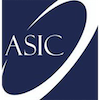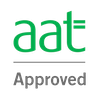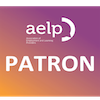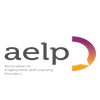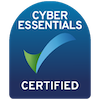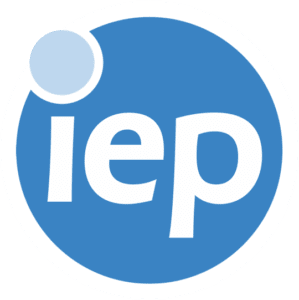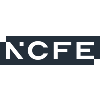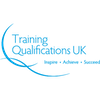CPD Understanding Gender and Identity in Children and Young People (Social Series)
Course Overview
Around the age of two years old, a child becomes aware of the physical difference between a boy and a girl. By the age of 4, most children feel comfortable and stable in identifying their gender. But some children and young people, feel their gender assigned at birth, does not match how they perceive themselves.
The NSPCC describes gender identity as a personal feeling and suggests that a child or young person is the best person to know what matches how they feel.
This fully online and auto-assessed course explores the definition and differences between biological gender, sexual orientation, gender expression and gender identity. Learners will gain a historical understanding of gender and identity within UK legislation, as well as within the wider society such as education and the workplace.
The course explores why it is important to understand gender and identity, touching on key societal issues regarding longstanding social stigma and prejudice. Learners will also gain knowledge of how to help a child or young person overcome bullying or discrimination. Gain the ability to effectively signpost children and young people to media sources that can assist them if they are questioning their gender, sexuality or identity. Learners will develop a solid understanding of how to support LGBTQ+ individuals, including those who are being bullied.
Learners will be able to lead by example and help others understand the importance of positive gender representation and the education of children and young people on gender and identity.
Key Information
Course Length
2 hours
Course Level
Level CPD
Learning Method(s)
Online materials
Online assessment
For Individuals
Benefits
Cost and Funding Information
Course Price
£30.00
Study this course
Buy the course today and begin your journey to qualification
Section 1: The facts – Understand what gender and identity is
In this section, learners will be introduced to what sex, sexual orientation, gender expression and gender identity are. They will learn the difference between sexual orientation and gender identity, and look at how treatment of gender and sexuality have changed over time in the UK.
By the end of this section, learners will have a good baseline understanding of gender and sexuality, including the importance of inclusion and how to use pronouns.
Section 2: Why now? – Why it is important to understand gender and identity
In this section, learners will look at how gender and sexuality impact children and young people, including stigma, prejudice and discrimination and legislation and case studies relating to this.
By the end of the section, learners will be able to outline the positive effects of educating children and young people on gender and identity, including the importance of positive representation in the media.
Section 3: Skillscast Video
This is a video-based section. It will include an extended long interview with an expert in the field.
Section 4: The how – Understand how to support a child or young person in relation to their gender and identity
In this section, learners will learn more about aspects of sexuality and identity such as coming out and Pride.
By the end of the section, learners will have a solid understanding of how to support LGBTQ+ individuals, including those being bullied.
 For Businesses
For Businesses
With our combination of market-leading learning resources, exceptional customer service and award-winning LMS solutions, we are confident we can assist with your education and training delivery needs.
Enquire nowNeed some more information?
Check out our Frequently asked question via the link below
